Are you looking for ways to waterproof a concrete floor? If so, then you’ve come to the right place! Getting your concrete floors properly sealed and waterproofed is an important part of protecting them from weather, seepage, and water damage. In this blog post, we’ll provide insight into how to waterproof concrete floor.
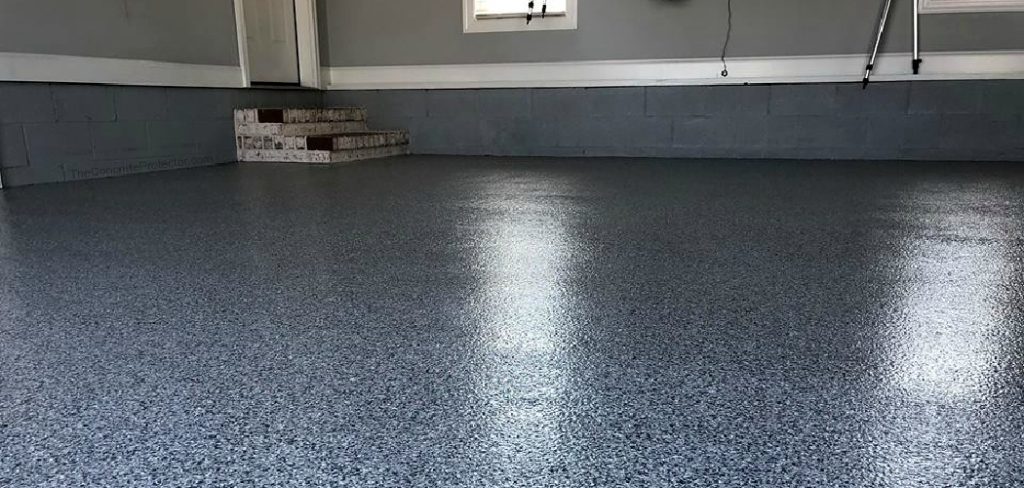
We’ll discuss the preparation of the surface prior to sealing off with materials such as urethane or epoxy sealers that prevent moisture penetration, as well as things like additives, membrane systems, and other protective coatings. By taking the time to get your job done correctly and following our step-by-step guide below, you can have a high-quality waterproof concrete floor in no time at all!
Can You Waterproof Concrete?
Yes, you can waterproof concrete. Waterproofing concrete involves sealing it with a special sealant that prevents moisture and water from penetrating the surface. The sealant also helps protect the concrete from dirt, stains, and other damage caused by exposure to water. It is important to select a quality waterproofing product to ensure maximum protection for your concrete floor. Additionally, proper surface preparation and application of the sealant are essential for achieving a successful waterproofing job.
Waterproofing concrete requires several steps. First, you must thoroughly clean the surface of the concrete to get rid of any dirt or debris that may be present. Once the cleaning is complete, you will need to apply a primer or bonding agent to the surface. This will help ensure that the sealant adheres properly and lasts longer. After the primer has dried, you can apply the waterproofing sealant in one or more coats, depending on the manufacturer’s instructions. Once all of the coats have been applied, you will need to allow them to cure before using your concrete floor.
You Can Check It Out To Build a Free Standing Pallet Wall
8 Methods on How to Waterproof Concrete Floor
1. Silicone Concrete Sealant
Silicone concrete sealant is a waterproofing agent that can be applied to concrete floors to create a water-resistant barrier. This type of sealant is typically clear or translucent, and it will not change the appearance of the concrete floor once it dries. Silicone concrete sealant is also resistant to mold and mildew, making it an ideal option for damp or humid environments.
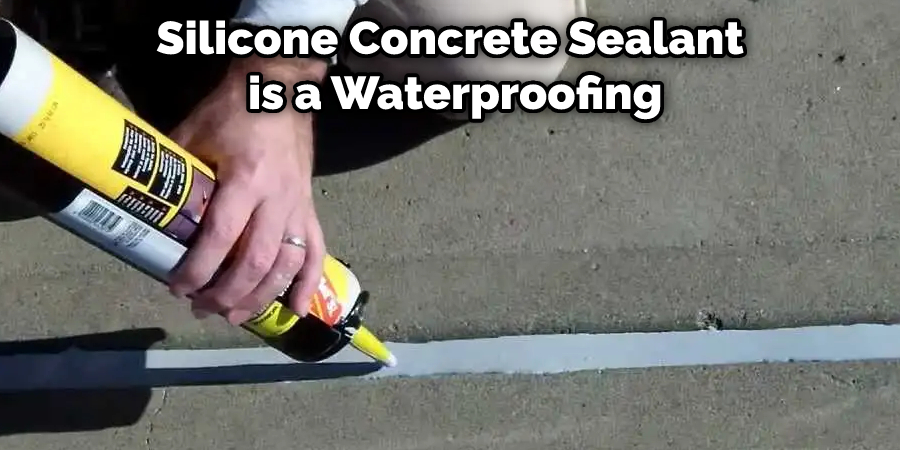
2. Epoxy Concrete Sealant
Epoxy concrete sealant is another. If you are looking for a long-term waterproofing solution, this is the way to go. Epoxy concrete sealant adheres to the surface of the floor and creates a barrier that will keep water out. It’s also resistant to stains and other damage that can be caused by moisture.
The downside of epoxy concrete sealant is that it can be a bit expensive and time-consuming to apply. But if you are looking for a waterproof floor that will last, this is the way to go. It’s also relatively easy to clean and maintain once it’s applied.
3. Penetrating Concrete Sealer
Penetrating concrete sealer is a liquid product that soaks into the concrete and chemically reacts with it to create a permanent water barrier. This type of sealer is relatively easy to apply, making it a great choice for DIY projects. Typically, all you need is a mop or sponge, some warm water and the sealer itself. It’s important to read and follow the instructions on the product packaging carefully.
When applying a penetrating sealer, it’s important to make sure the concrete surface is clean and dry before you start. This will ensure that any impurities don’t interfere with the water-proofing process. Once you have prepped the area, just apply an even layer of the sealer to the concrete surface. Make sure you cover all areas, including any cracks or crevices that may be present.
4. Acrylic Concrete Sealer
Acrylic concrete sealer is an inexpensive, fast-drying solution for waterproofing a concrete floor. It is easy to apply and won’t yellow or discolor the surface like other sealers. It also provides excellent protection against moisture and other contaminants, making it a great choice for applications needing a waterproofing solution.
However, one downside to acrylic concrete sealer is that it can deteriorate over time and may need to be reapplied or touched up periodically depending on the severity of the conditions in which it is exposed.
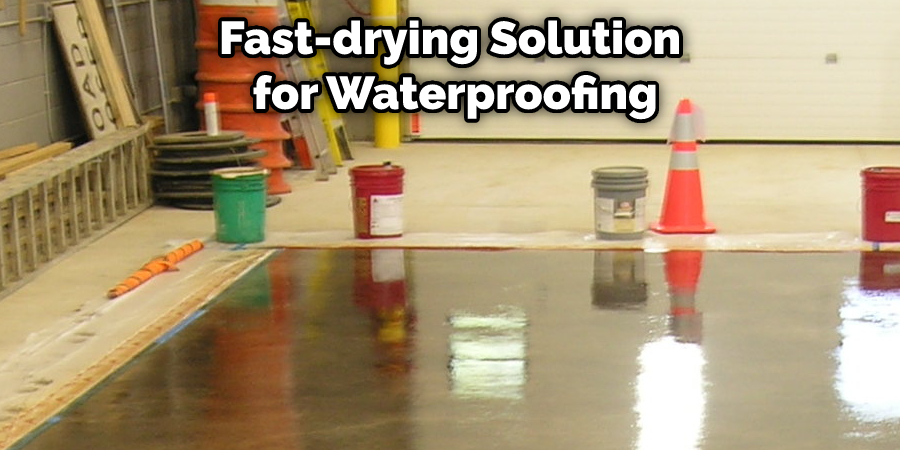
5. Polyurethane Concrete Sealer
Polyurethane concrete sealer is a waterproofing solution that provides a protective barrier against moisture and water seepage. It is a great option for waterproofing concrete flooring in areas such as basements and garages or other places where water damage can occur.
Polyurethane sealer needs to be applied properly to ensure the highest level of waterproofing protection. If not applied correctly, the sealer may not be effective in sealing the concrete floor. When using polyurethane concrete sealer, it is important to use a brush or roller to apply an even layer of the sealer over the entire surface. After application, allow the sealer to dry completely before adding any additional coats. It is recommended to add two layers of the sealer for best results.
6. Siliconate Concrete Sealer
Siliconate concrete sealer is a breathable, water-based sealer designed to protect concrete floors from water and salt penetration. It is available in both clear and pigmented forms, with the latter providing a bit more protection against ultraviolet exposure.
Siliconate sealers are great for areas where you need a bit of extra protection but don’t want the look of a glossy finish. The sealer penetrates deep into the concrete, creating an invisible barrier that helps reduce water vapor transmission and keeps moisture out. It is important to note that silicone sealers must be reapplied every three to five years or when you notice signs of wear. This type of sealer is ideal for areas where you want a hydrophobic surface but don’t want to alter the look of the concrete.
7. Fluoropolymer Concrete Sealer
Fluoropolymer concrete sealer is a great way to waterproof a concrete floor. It creates an impenetrable barrier that protects the surface from moisture, stains, and dirt. Unlike other sealers, fluoropolymer concrete sealer is vapor-permeable, meaning it allows water vapor to escape while still being waterproof.
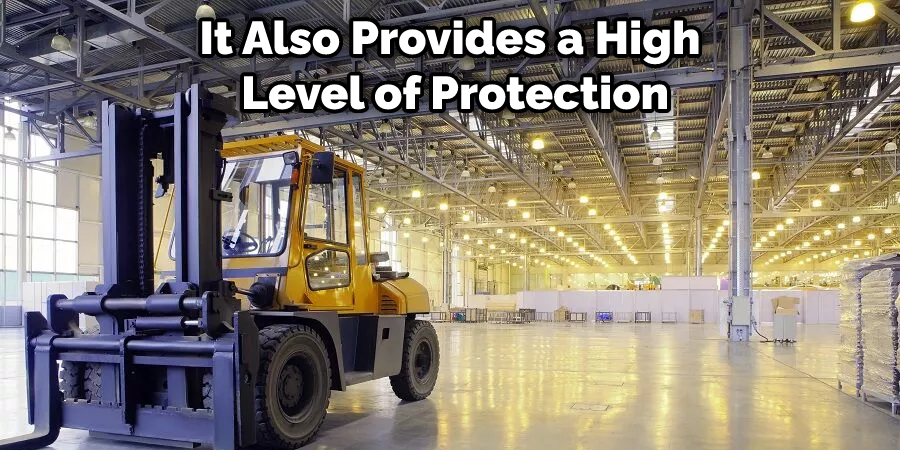
It also provides a high level of protection against chemical and oil spills. Fluoropolymer concrete sealer can be applied with a brush or roller and is available in clear or colored finishes. This type of sealer is ideal for both indoor and outdoor concrete surfaces. For the best results, multiple coats of fluoropolymer sealer should be applied to ensure a long-lasting finish.
8. Polyaspartic Concrete Sealer
Polyasparticconcrete sealer is a waterproofing agent that provides a durable, high-gloss finish to concrete floors. It’s a two-part aliphatic polyurea coating that bonds directly to concrete surfaces and forms an impermeable seal. The advantage of this type of waterproofing is that it cures quickly and can be applied in one coat. Polyaspartic sealers are more expensive than other types of waterproofing, but they offer superior protection against moisture and stains.
They are also suitable for use on outdoor concrete surfaces, such as patios and decks. When applying a polyaspartic sealer to concrete floors, it’s important to follow the manufacturer’s instructions closely. Proper surface preparation is essential for achieving a successful waterproofing job. After application, the sealer should be allowed to cure for at least 24 hours before subjecting the surface to foot traffic.
Things to Consider When Waterproofing Concrete Floor
1. Use the Right Kind of Materials –
Depending on the application, you should choose waterproofing products that are specifically designed for concrete floor applications. Look for products that meet the relevant ASTM standards, such as those for concrete coating, sealers, and waterproofing membranes.
2. Consider Environmental Conditions –
Before waterproofing a concrete floor, you should consider environmental conditions such as temperature, humidity, and even potential movement of the surface due to vibration or seismic activity. Some coatings may not be suitable for extreme temperatures or humid conditions, so read the manufacturer’s instructions carefully before selecting a product.
3. Surface Preparation –
Before applying any coatings or sealers to a concrete surface, it should be thoroughly cleaned and prepared. This includes removing dirt and debris from the surface, removing paint and other coatings, patching any cracks or holes, and grinding to remove high spots.
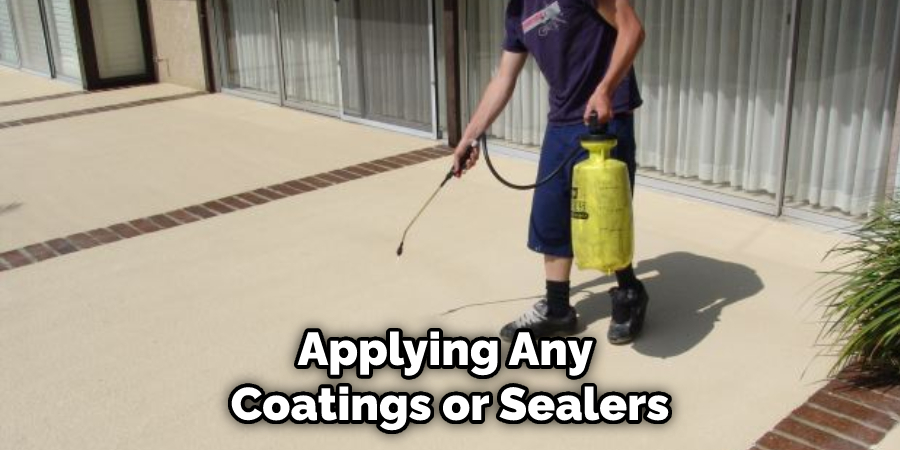
4. Consider Foundation Movement –
If the concrete surface is part of a larger foundation structure, it’s important to consider potential movement due to vibration or seismic activity. Some waterproofing solutions may not be suitable for these applications, and it’s important to consult a structural engineer before applying any coatings.
5. Test the Surface –
Before beginning waterproofing, you should test the concrete surface for porosity and moisture content. The results of these tests will determine which type of waterproofing product is best suited for your particular application. If in doubt, it’s best to consult a professional waterproofing contractor.
Conclusion
Waterproofing your concrete floor is a great way to protect it from water damage. There are many different products on the market that can help you waterproof your concrete floor. However, before you choose a product, you need to make sure that it is right for your specific needs.
If you are not sure which product to choose, you can always consult with a professional who can help you select the best possible option for your home or business. Thanks for reading our blog post on how to waterproof concrete floor! We hope you found it helpful and informative.
You Can Check It Out To Make a Pallet Wall
